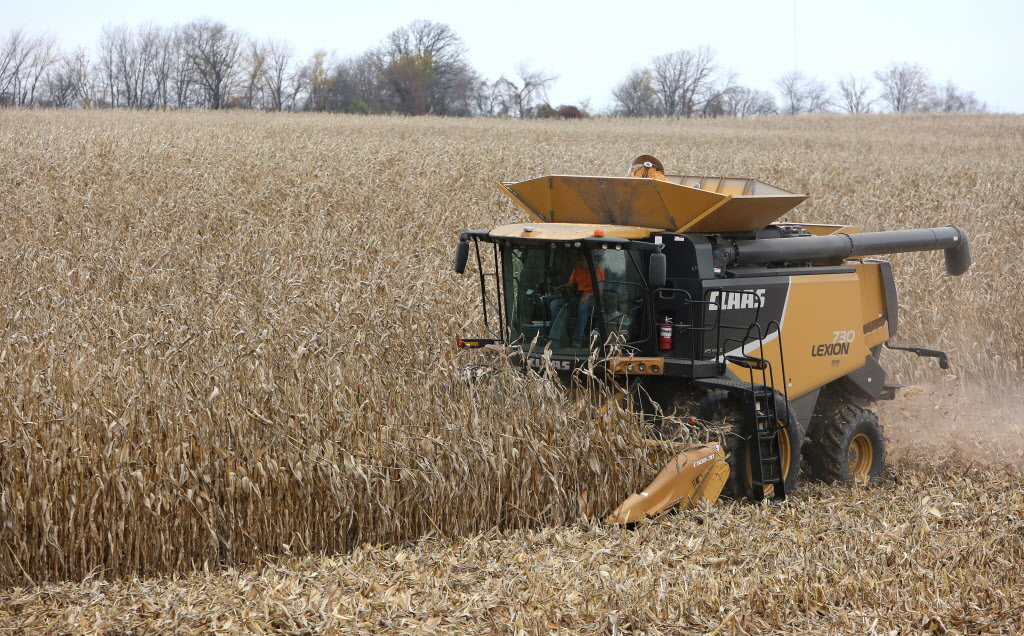Dems highlighted former Vice President Joe Biden’s plan for new markets and revenue streams for farmers during a rural Wisconsin roundtable hosted by 3rd District Congressman Ron Kind.
Former Secretary of Agriculture Tom Vilsack, a former Iowa governor, was also a panelist at today’s virtual event. He warned this could be the first time in 60 years that there is no agriculture trade surplus. He no...
Please log in to access subscriber content.
If you don't have a subscription, please contact schmies@wispolitics.com for subscription options on the WisPolitics-State Affairs platform, which is the new home for WisPolitics subscriber products.


